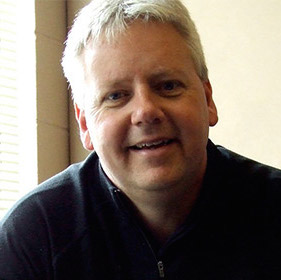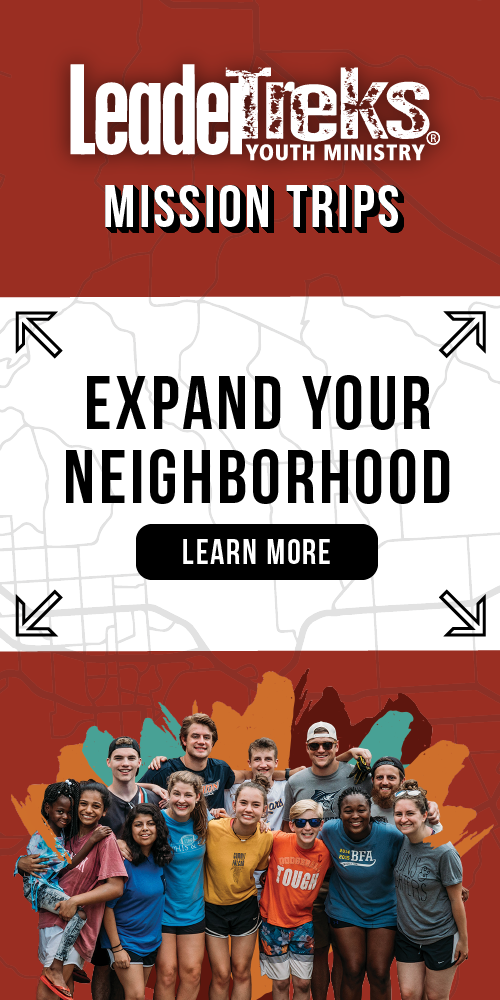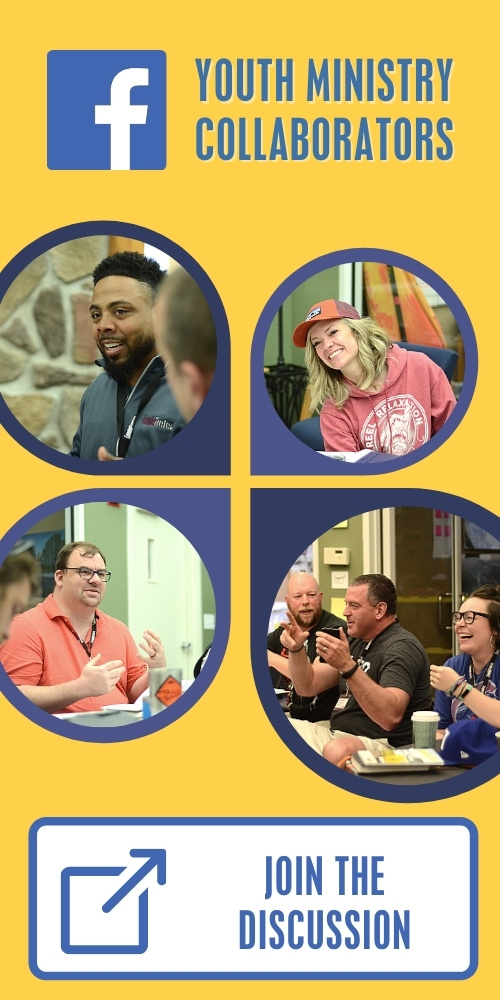A Case Study: Balanced Leadership Development Program
What’s the first thing that comes to your mind when you hear “student leadership”? More than half of us think, another meeting with students and the rest of us think, put the students in charge. Actually we are both right – a good student leadership program has both training and experience tied together. The problem is we often go with our first thought which is one or the other.
To have an effective leadership development program you need to focus on the two sides of leadership development. You must have solid leadership training for students and you need to give students real leadership experience where they play the role of a leader. When these two sides of leadership development are in balance you have a solid student leadership development program. When you just focus on one or the other you get a program out of balance.
How do you balance the training with experience?
Let’s look at a case study – youth pastor Bob wants his student leadership team to run this year’s winter retreat. For the last several years he has taken care of all the details including the games and the spiritual content of the weekend. He realizes this retreat is a perfect opportunity for his student leaders to step up and breathe some new life into an old activity.
The retreat is over a long weekend in February due to parent teacher conferences. The church has a long-standing relationship with a camp in the Upper Peninsula of Michigan that is close to a ski resort. Pastor Bob sits down with his team in late October to give them the challenge of coming up with the winter retreat program.
Bob already has a good leadership experience lined-up in the retreat itself, now he needs to add some pre-experience training to make the leadership development effective. When he lays out the challenge for students to lead the retreat he requires students to commit to three training lessons, two in November and one in December. Students are all in.
At the first training session students are excited because they think they are going to be dreaming up new games and deciding how much time they get to ski. But Bob has some different ideas. He first starts with a dream session on “how we want to be different after the retreat.” Students are puzzled – what does this discussion have to do with being the leaders of the retreat. Bob explains that leaders of retreats don’t just think about what is going to happen but they think about how people are going to grow spiritually because we don’t go on retreats to ski but to retreat and focus on lives with God. Bob goes on to explain that by deciding what outcome we want we are able to pick activities that help us reach our goals. Now students are thinking differently, they start a white board session on what are the spiritual needs of fellow students. This first training session ends differently then how it started. Students are transformed from thinking about activities to thinking about how activities can help them minister to fellow students.
At the second training sessions students are focused on spiritual outcomes for the retreat and start to plan what activities will attract students and help them reach their goals. Bob wants to use this training session to teach his student leaders about strategic planning. He knows their first thoughts are to pick activities and the last thing on their minds is what it will take to accomplish these activities. So as activities are chosen Bob asks students to make lists of all needed material and equipment for each activity. He also asks the students to assign one member of the team to be the leader of the activity. As the second training session comes to an end Bob hears students say things like, “man, a lot goes into this – who did this before?” Bob thinks to himself, “I love student leadership.”
At the third training session Bob knows he still has lots to cover and wants to make sure his student leaders get the most out of the experience. In the coming weeks his student leaders will make the announcement in youth group about the winter retreat. He has decided to focus this training on helping students cast the vision for the event to fellow students. Bob understands that announcing time, place and cost will only excite a few students. Bob asks his student leaders, why are we having this event and how will you describe it to your friends? After a short but productive discussion Bob asks one student to stand up in front of the team and give a practice announcement. With much excitement the student stands up and tells the group about all the cool things there are going to happen on the retreat but never mentions the potential of the retreat to have an impact on students spiritual life. Bob asks the team if the student hit all the bases. They quickly realize how hard it is to communicate what is in their hearts not just wants in their heads. Bob breaks the team into groups of two to work on casting the vision for the retreat.
The student leaders have learned a lot – the process wasn’t actually what they thought it would be but they have learned a ton about how leaders operate. Through this process they set the goals for the retreat, strategically planned for all the events and prepared to cast of vision to fellow students.
About the Author
Doug Franklin
Doug Franklin is the president of LeaderTreks, an innovative leadership development organization focusing on students and youth workers. Doug and his wife, Angie, live in West Chicago, Illinois. They don’t have any kids, but they have 2 dogs that think they are children. Diesel and Penelope are Weimaraners who never leave their side. Doug grew up in… Read More




